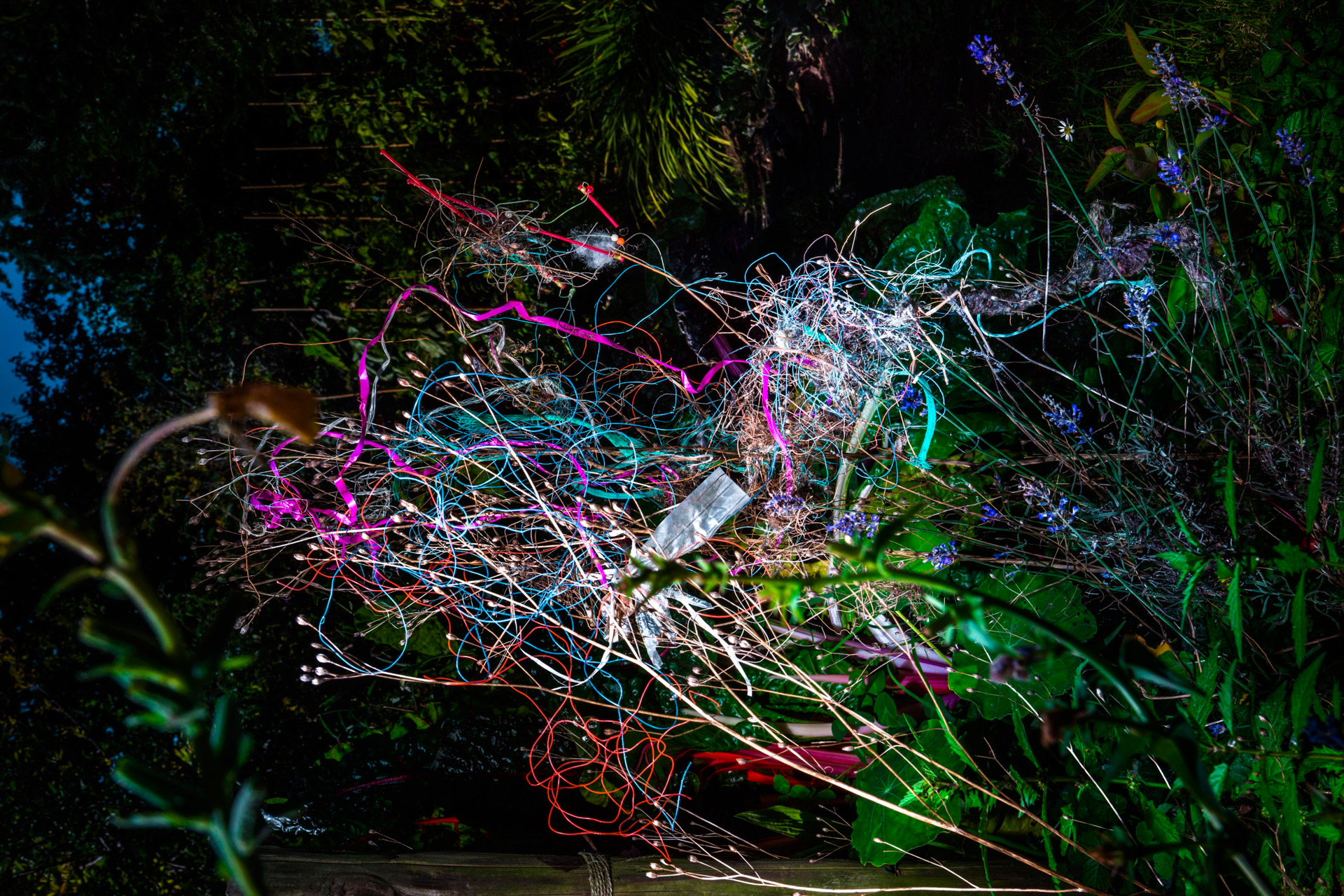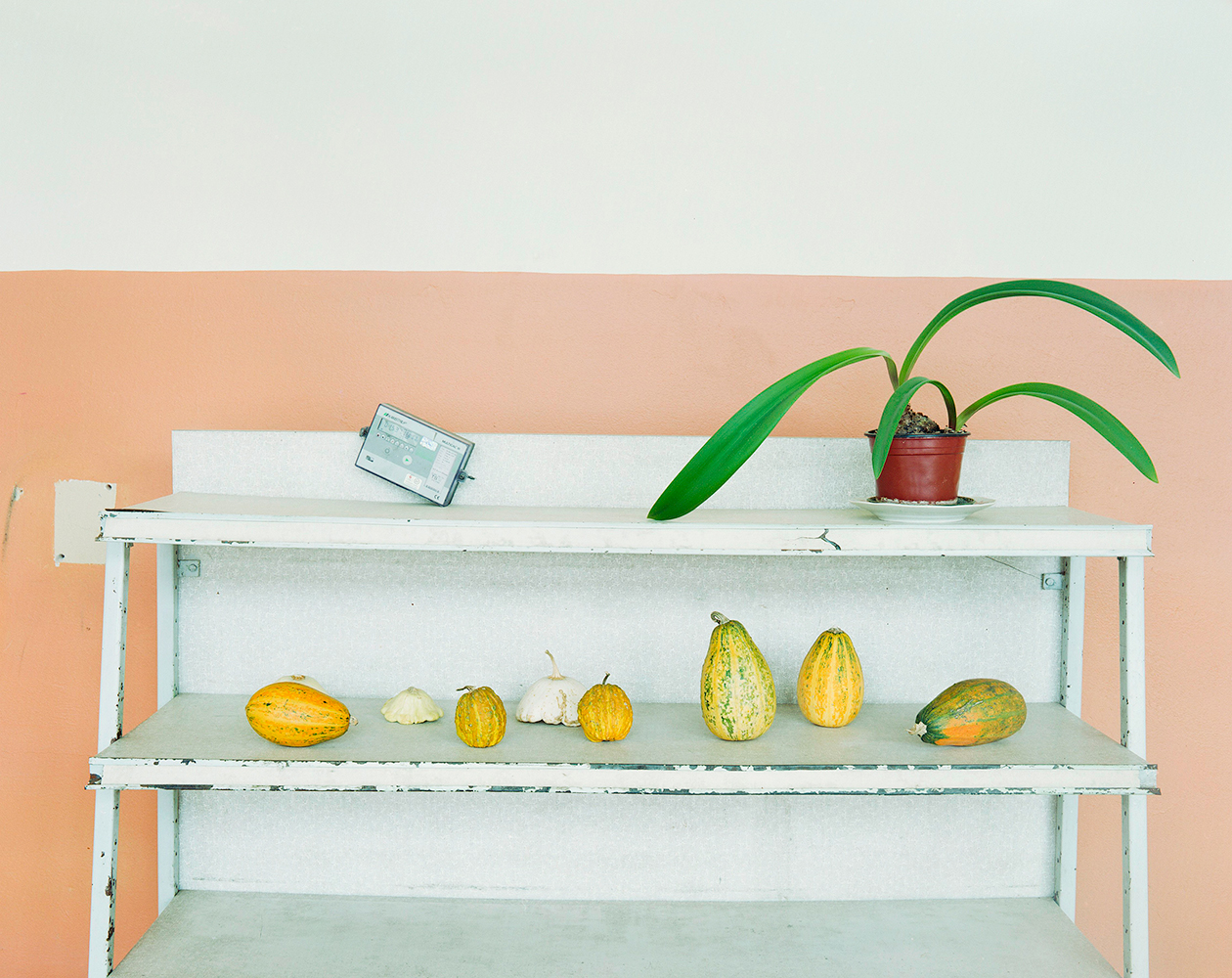
The House That Isn’t:
Visiting Mauricio Alejo

Born in Mexico. Graduated from New York University in 2002. Won several awards and grants, among them the grant from the New York Foundation for the Arts. His work was published in the Flash Art, Art News, Vice, Art in America and exhibited in America, Japan, France, Spain, and Mexico.
— This project never had a clear start and I don’t know when it will exactly end. Right now it has been 15 years since I shot the first image of what I didn’t know was going to be a long term project.
I always shoot pictures in my apartment or places that I inhabit. I like to say I choose those places because it was easy, but I have to confess that it was a self-imposed discipline. I didn’t always like the apartments I was living in, or better put, I didn’t always like the way some of the places I lived translated into the image. They were somehow random and uninteresting, but I knew that it was just natural to photograph right where the ideas were conceived. Besides, if I started looking for the ‘right’ place to shoot it would have been a never-ending story. With time that randomness and chance became part of the dialog I started having with my own art making. In retrospect, it seems that I was actually very right on that decision because while I wasn’t making beautiful images per se I was producing a body of work that beautifully suited my life. I think that can be regarded as conceptual consistency and probably some kind of beauty emerges from that.
I like to think that I still have a photographic approach to creating my work. But instead of finding my ideas in the world around me, I find them in my head. They literally pop up in my head; then I pick them by how simple and transformative they are. When I do it, I just hope these images will become a break in the daily narrative of objects that can reverberate in someone else’s mental space.

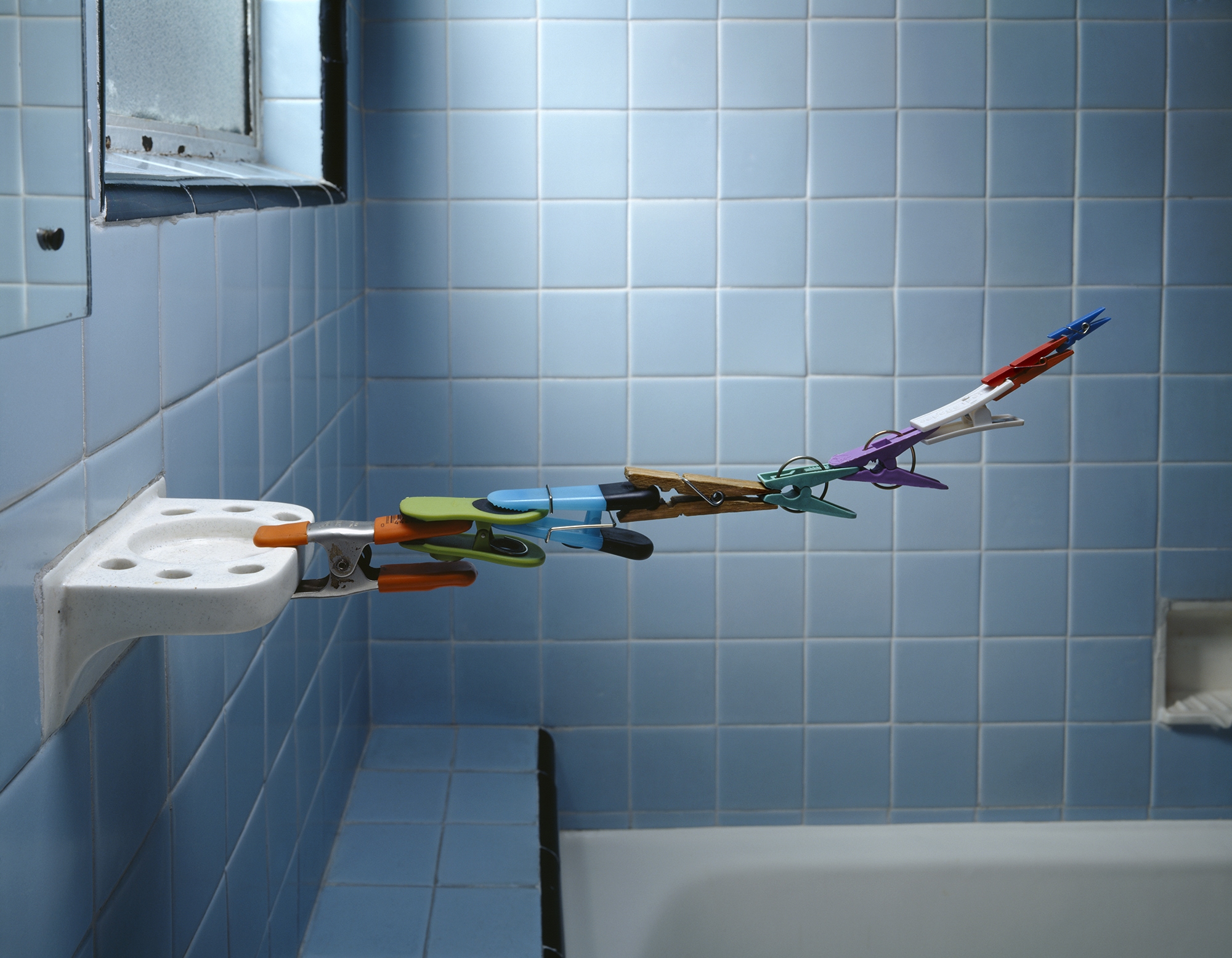
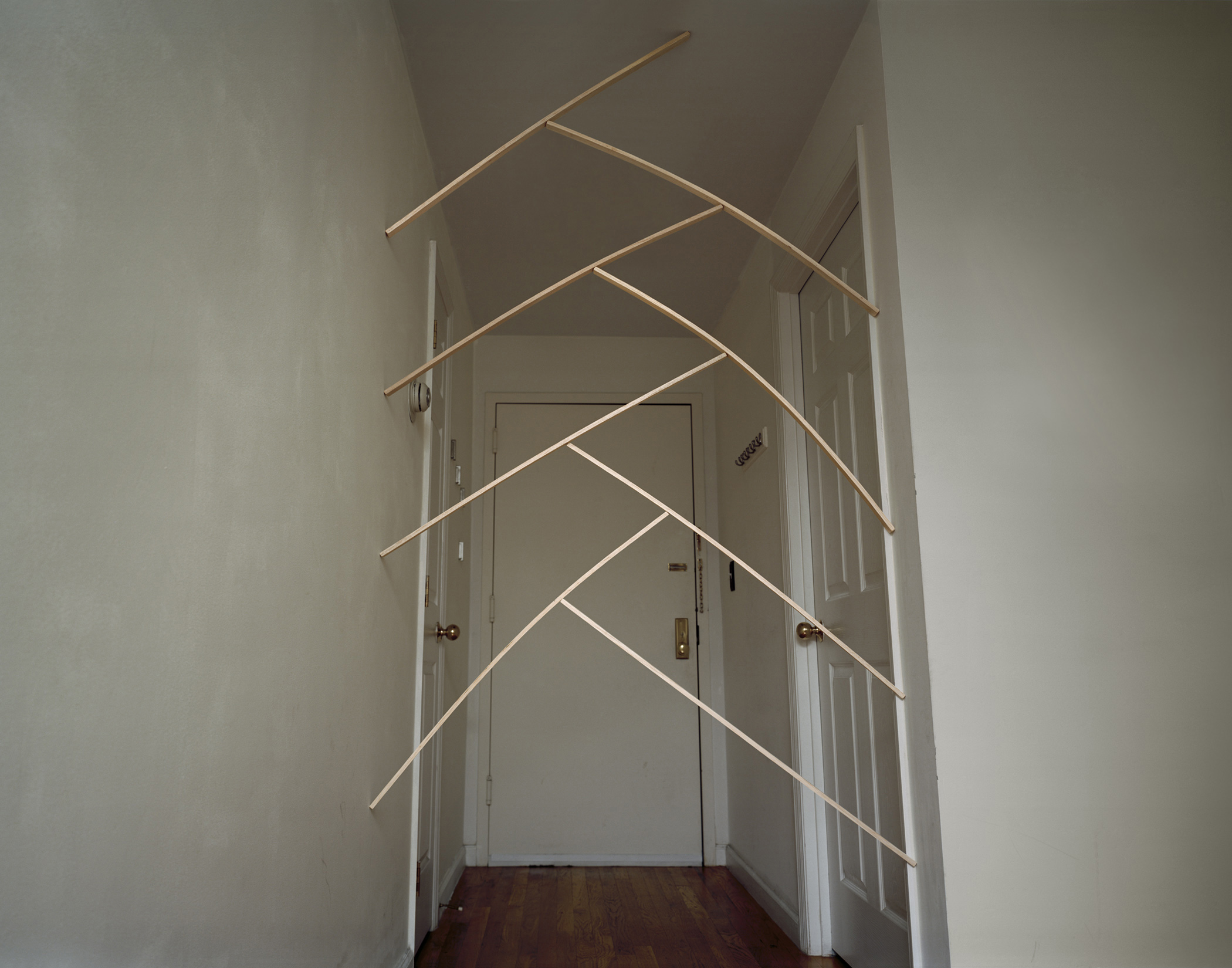


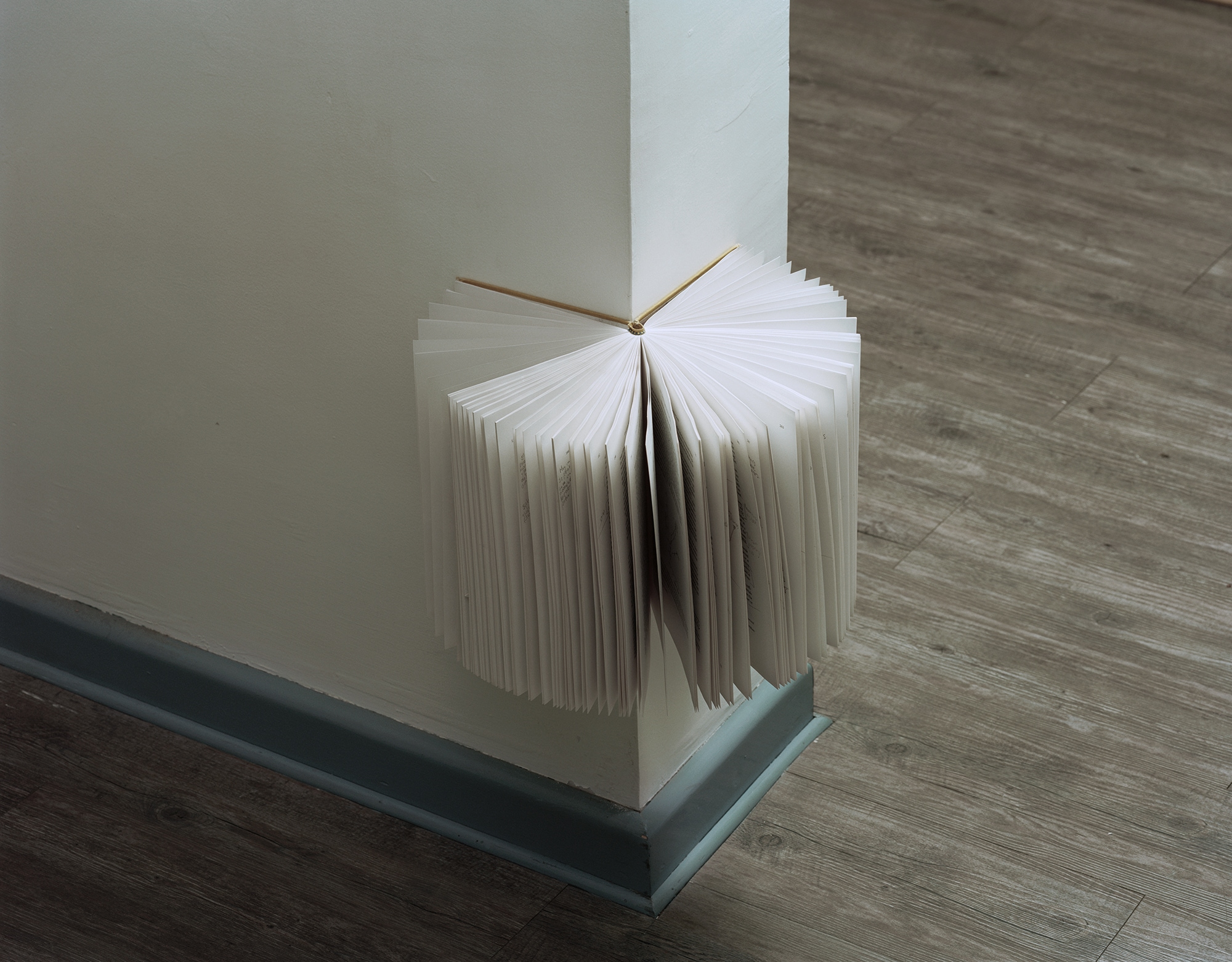
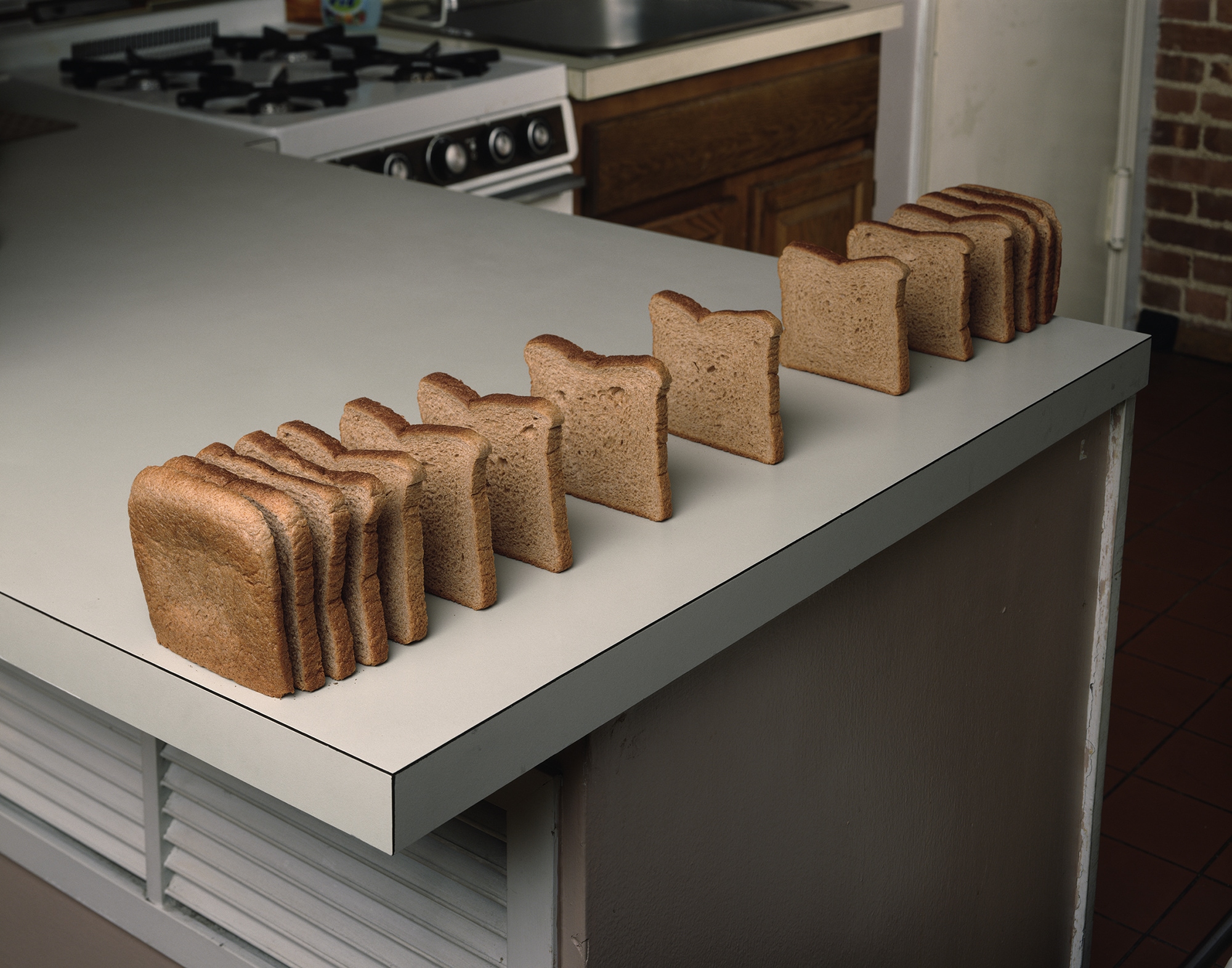
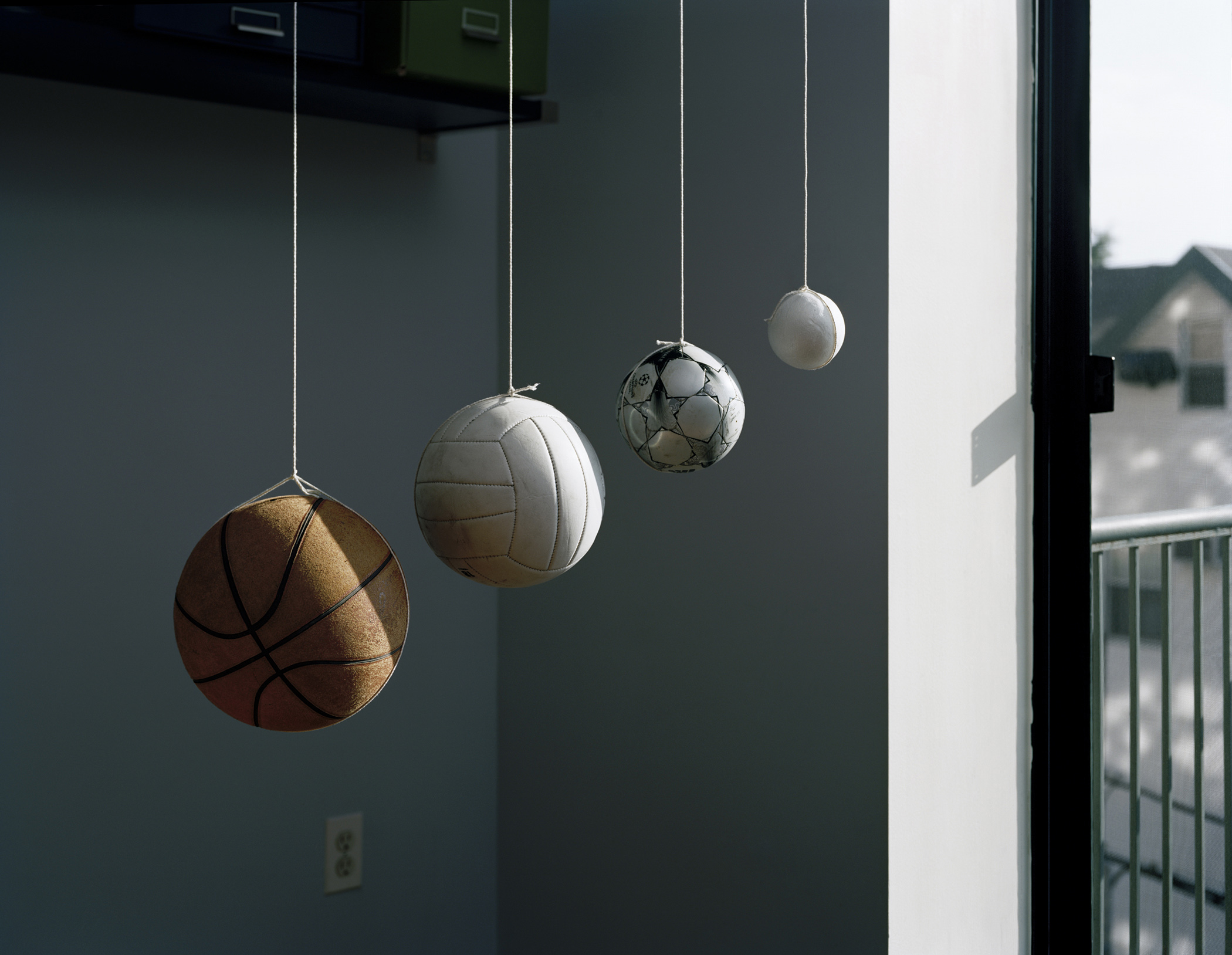
Until recently, I have been resisting to regard my work as surrealism. Later on I came to realize that the rejection came from the fact that I was thinking of Dali’s Surrealism, which I very much dislike. But when I started thinking of Surrealism as in Magritte’s This Is Not a Pipe, I felt absolutely in tune. In either case what I can say is that I’m not trying to open a door to the unconscious world, but to a more obvious and factual world that is still surprising because it is hidden in plain sight.
I really have no pre-conceived expectations of what my work should mean to someone else. If these images are lucky to survive a 100 years from now or be at least relevant to deserve any attention they will mean a totally different thing to those viewers. Who am I to tell them what they should look for when, with time, they change even for myself. Sometimes I end up reading metaphors when I never implied any. The images I enjoy the most are the ones that propose an ambiguous relationship with the experience depicted. When meaning is somehow dislocated and hard to pinpoint.
I think that narrative is to photography what figurative is to painting: not its best feature at all. You have to believe me, photography is really bad at narrative and I’m not the only one who says this. It cannot construct stories per se. It needs text or sequences. What photography does in any case is to create the illusion of narrative, but photography at its best presents things suspended from the continuum of time. As such, it is easier to make them point towards the absurd or the mysterious.
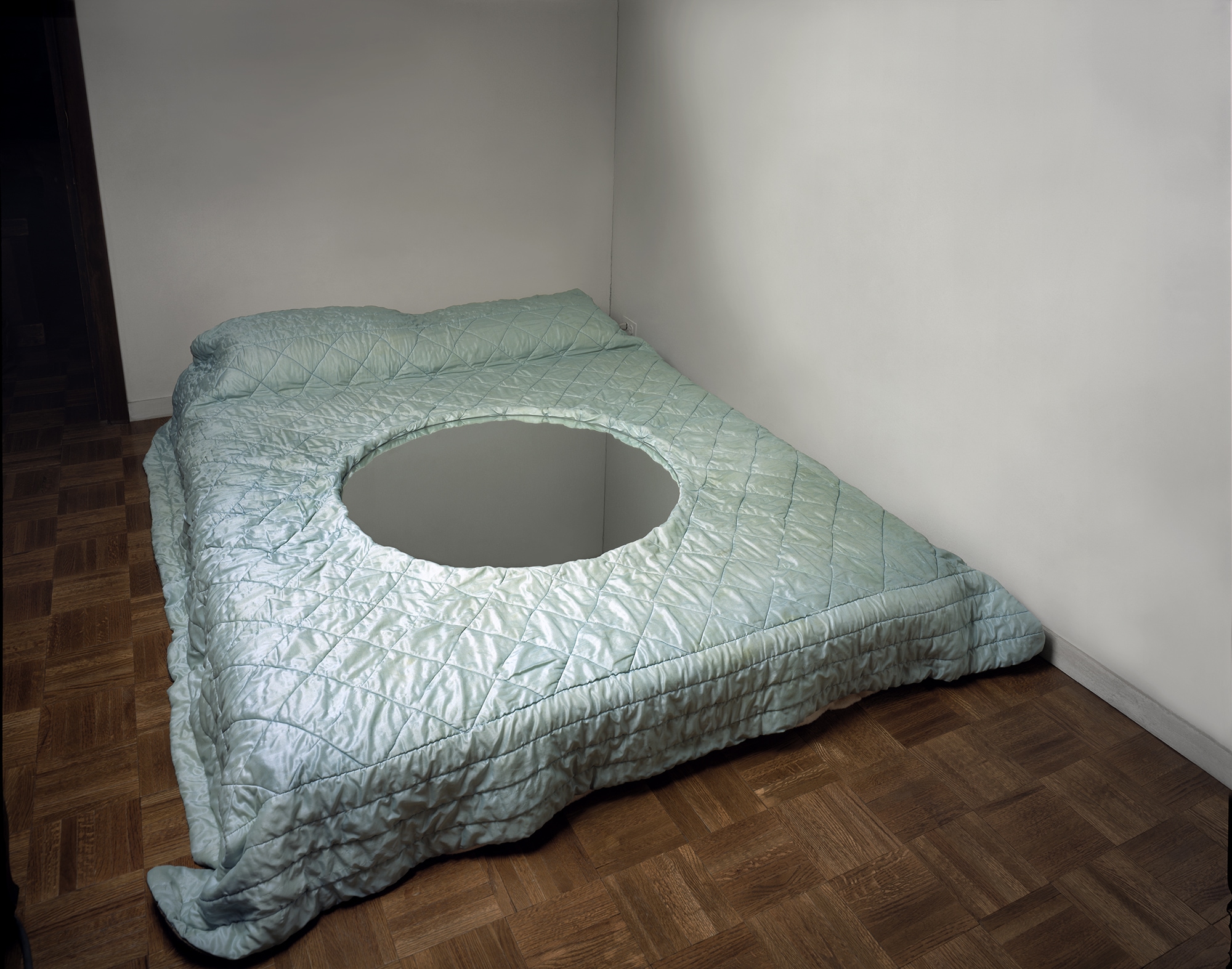
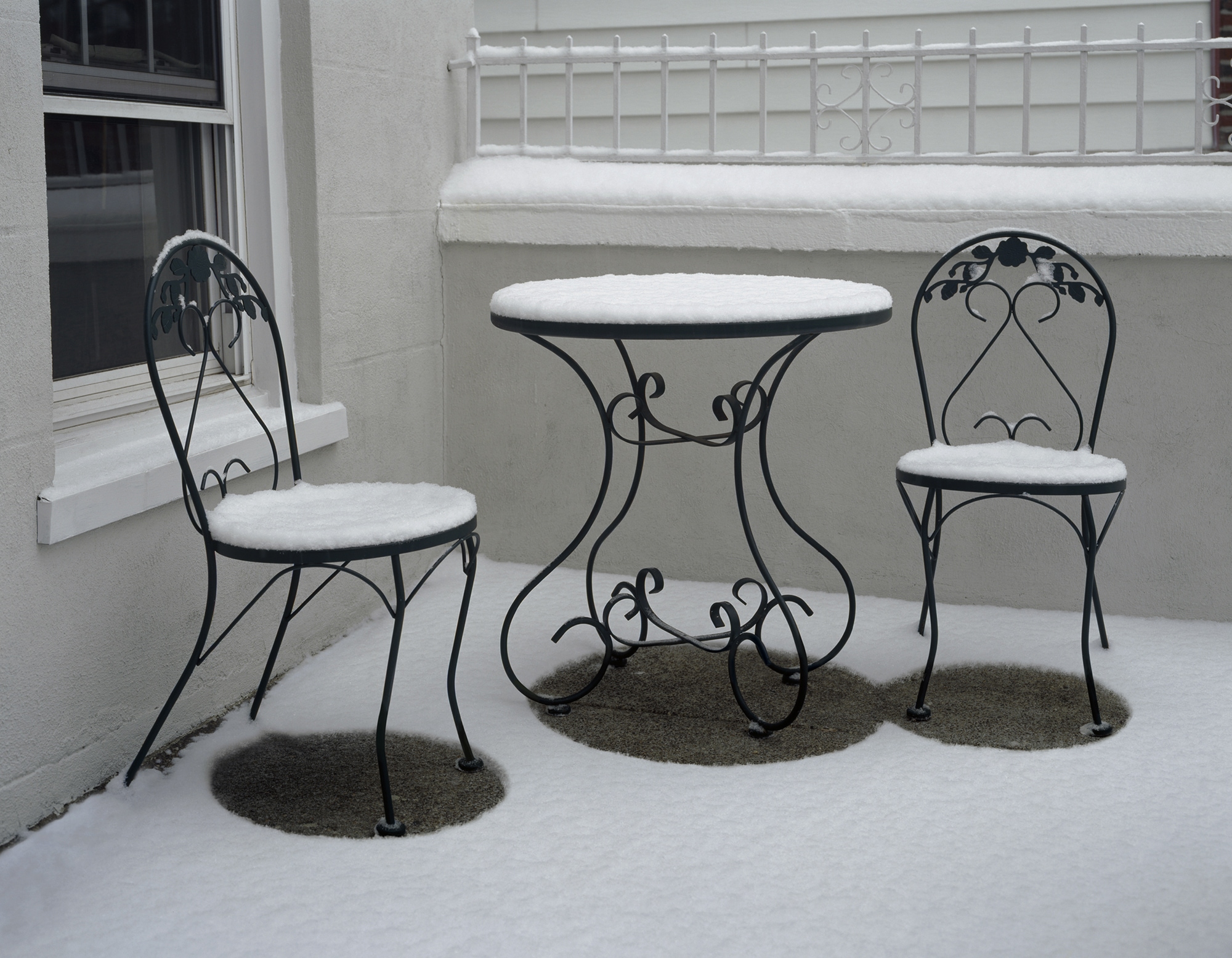

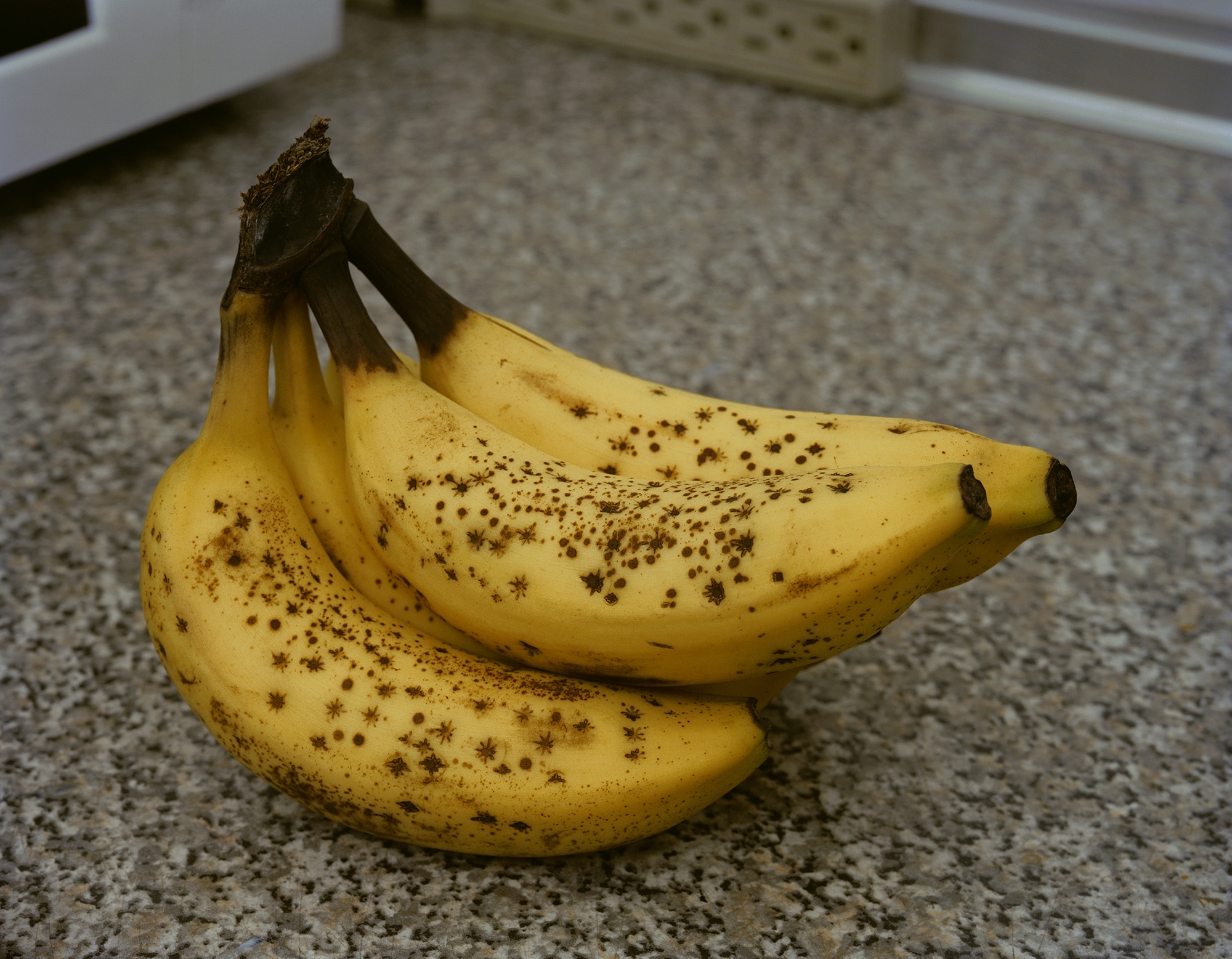

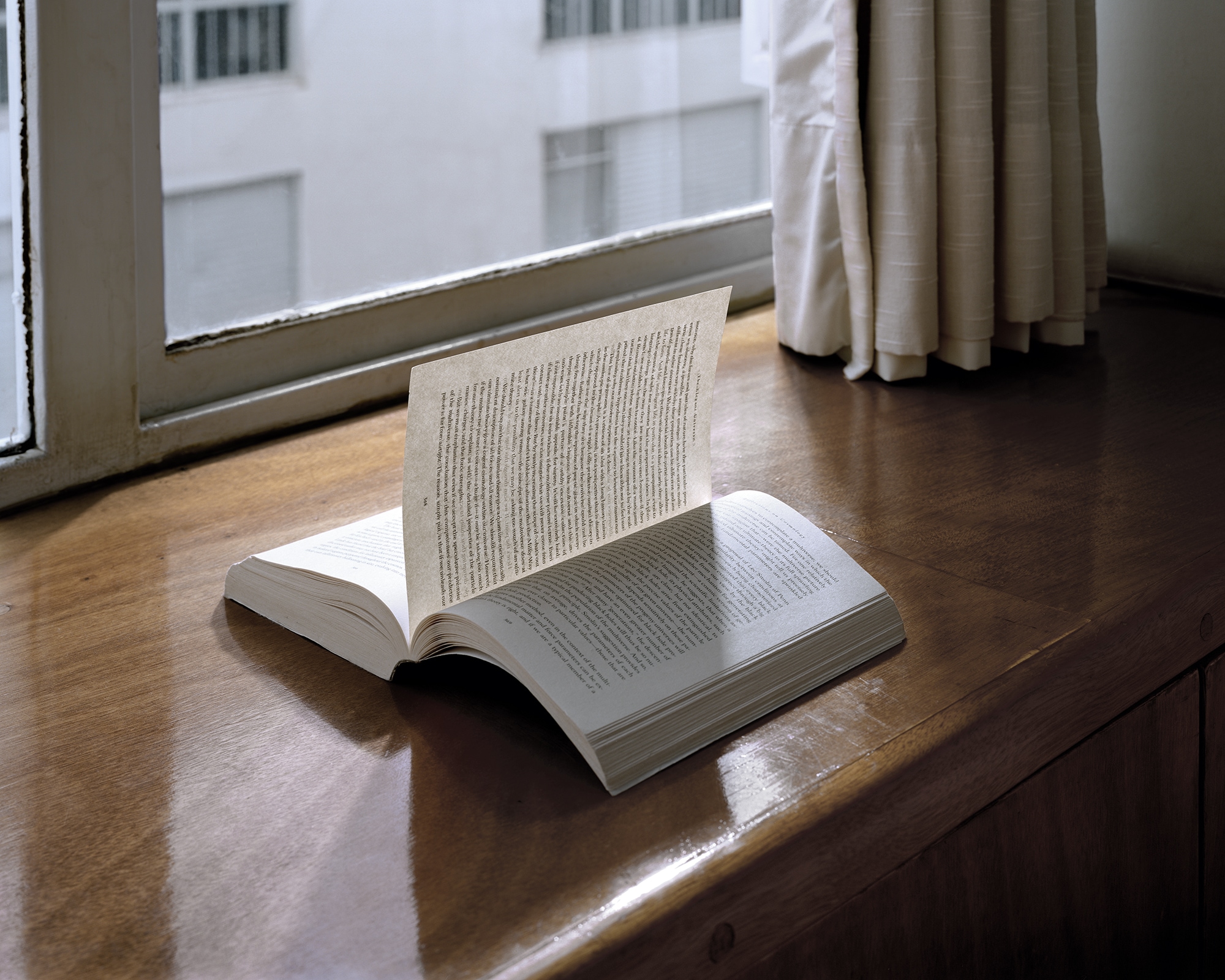


New and best
